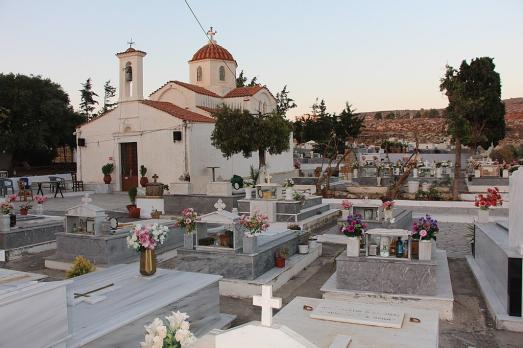
Cemetery Church of Anopolis (Heraklion)
Anopolis, GR
The Cemetery Church of Anopolis (Heraklion) is the dedicated to the Assumption of the Virgin Mary.
Here you can search for a building to visit. You can use the map find destinations, or you can use the filters to search for a building based upon what different criteria.

Anopolis, GR
The Cemetery Church of Anopolis (Heraklion) is the dedicated to the Assumption of the Virgin Mary.
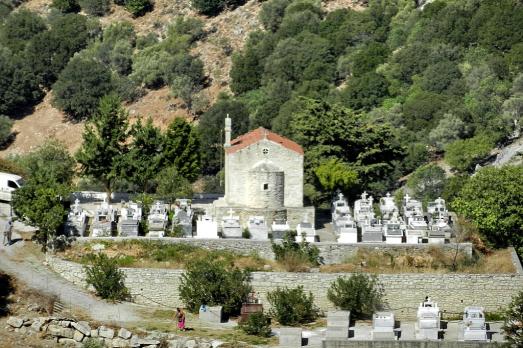
Lappei, GR
.

Kamisiana, GR
.
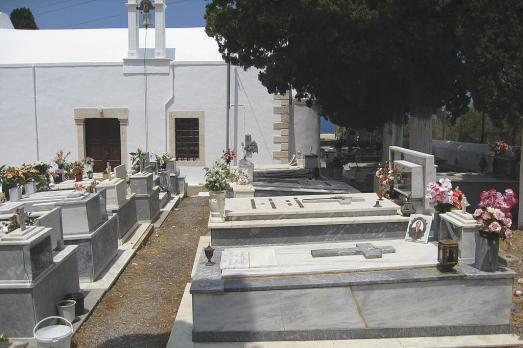
Hersonissos, GR
.

Piskopiano , GR
.

, GR
.
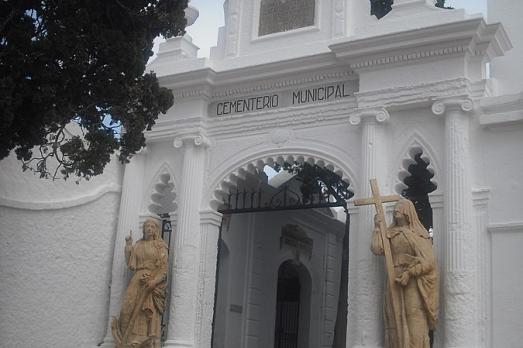
Maó, ES
The Mahon cemetery was started to be built after in 1787 King Carlos III of Spain signed the first provision on the construction of cemeteries outside the towns for health reasons and because of the bad smells inside the churches.
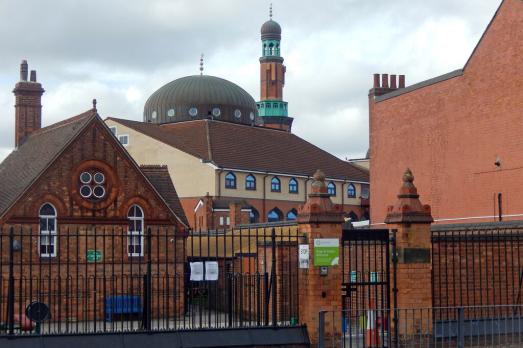
Birmingham, GB
Central Jamia Mosque Ghamkol Sharif is a Muslim place of worship of the Sunni community in Birmingham.
Krichim, BG
The minaret of the mosque is built entirely of stones about 14 m high. The whole complex went under renovation in 2008.
Manchester, GB
The Central Synagogue (Independent Chapel) in Manchester was built ca 1840. This brick building in the Neo-Classical style now serves as an office.

new
Nestled amidst the serene landscapes of the Harz region, lies a hidden gem for nature enthusiasts and history buffs alike - the Harz Monastery Hiking Trail. Lace up your hiking boots and embark on this captivating adventure that will transport you back in time.

The Holy Mile (Miglio Sacro) of Naples is a one-mile-long itinerary, through sacred places linked to the city's patron saint, San Gennaro, in the Rione Sanità district. Discover the city from a new perspective with this unique walking tour.

As a university city, cultural offerings abound in Tartu and will reach their peak after being designated one of three European Capitals of Culture for 2024. In this list, we've compiled the most interesting sacred places to visit in and around the old town.